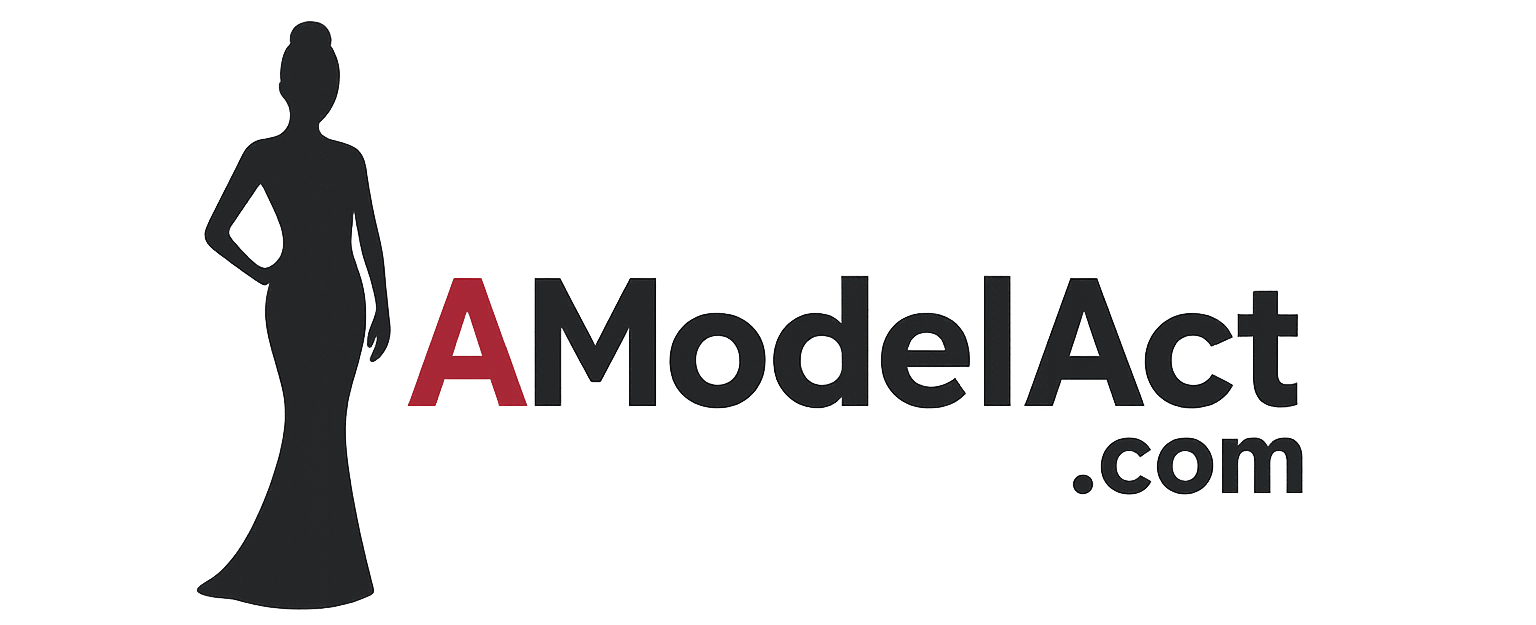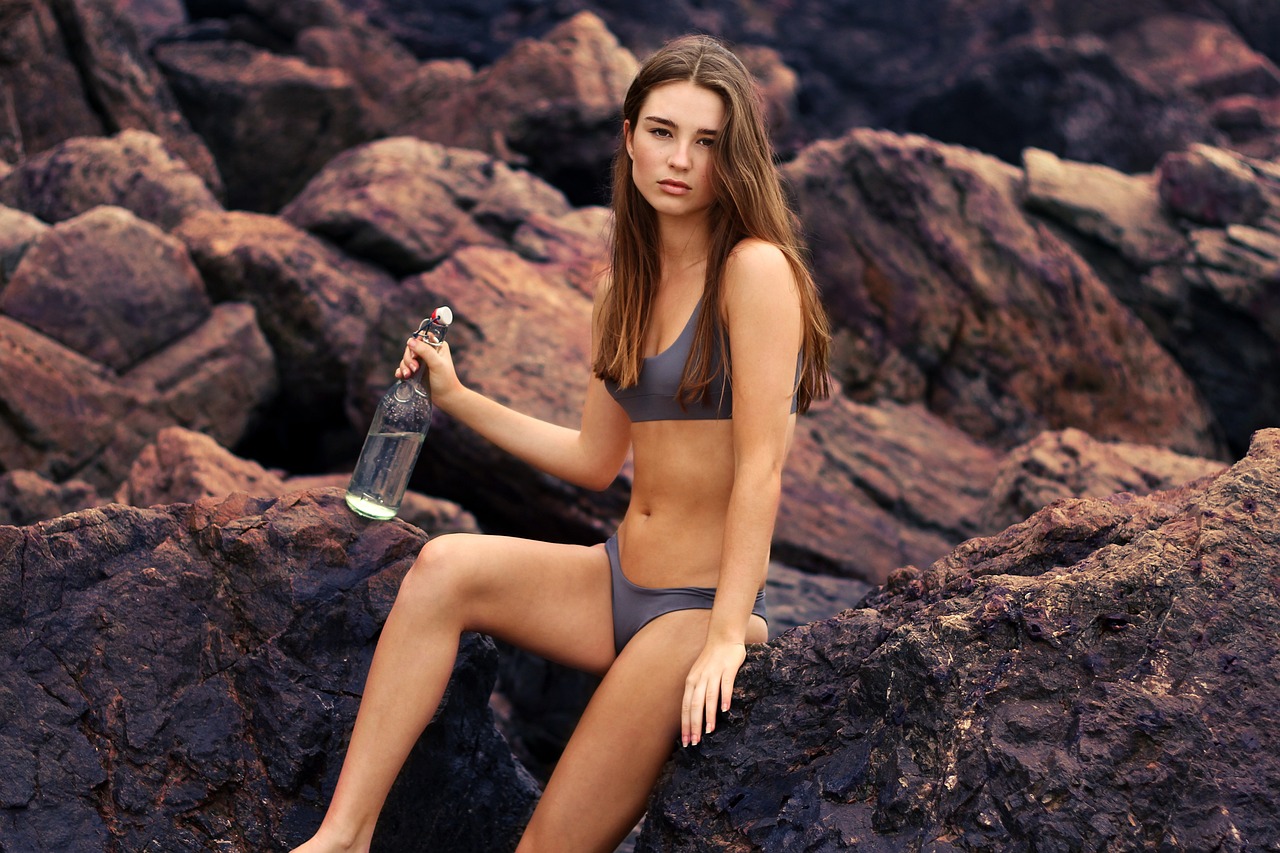Building a career in modeling isn’t just about walking runways or posing for high-end editorials. A polished, professional resume is a major part of getting noticed by agencies and clients. It’s your chance to make an impression before you ever step into a casting room. In this post, I’ll walk you through how to create a strong modeling resume that showcases your abilities, experience, and potential in the most effective way possible.
Start With Your Personal Information
At the top of your resume, include your name, contact information, and basic stats. This should be clean, simple, and easy to read. I always make sure my full name is front and center, followed by my phone number, email address, and location. Right beneath that, I list key measurements: height, weight, bust/chest, waist, hips, dress size, shoe size, eye color, and hair color.
Agencies and clients expect to find this data instantly. Without it, your resume risks being overlooked. I double-check every detail to ensure it’s up to date, nothing makes me look more unprepared than conflicting information on different platforms.
Include a Short Bio or Personal Statement
While not mandatory, I find a brief statement at the top of my resume helpful for giving a quick glimpse into my personality and goals. This shouldn’t be more than two or three sentences. I write it in a confident but authentic tone, highlighting what makes me unique. For example: “Versatile commercial and print model with a background in dance and theater. Passionate about collaborative projects and visual storytelling.”
This short intro helps casting directors understand who I am beyond measurements and photos.
List Your Modeling Experience
This is where I go into detail about my professional work. I organize this section by type, runway, editorial, commercial, print, and promotional. For each entry, I include the client name, project title, my role, and the date. If the project was particularly notable, I add a brief description.
Even if I’m new and haven’t worked with big brands, I still list any relevant shoots, student projects, or collaborations I’ve done. Every experience counts, especially if it shows my range or comfort in front of the camera. I don’t exaggerate or list fake gigs. Honesty matters. I’ve found that even casting directors appreciate transparency from aspiring models, they understand we all start somewhere.
Highlight Your Training and Skills
Many models have a background in acting, dancing, or public speaking. I’ve found it extremely valuable to mention any formal training I’ve had, whether it’s runway coaching, acting classes, or posing workshops. These classes show that I take the craft seriously and am investing in myself.
If I speak multiple languages, know how to swim, ride a horse, or have certifications like CPR, I include them in a separate skills section. These things may not seem directly related to modeling at first, but you’d be surprised how often specific skills can lead to specialized job opportunities.
Add Professional Photos
No modeling resume is complete without high-quality images. I attach or link to my comp card or portfolio, featuring a strong headshot and a full-body shot at the very least. These images should be recent, clear, and reflect how I currently look.
I never include selfies or overly edited photos. Clients need to see the real me, skin texture, body proportions, hair length, and all. I prefer neutral clothing, minimal makeup, and simple poses that allow my features to shine. I treat this part of my resume like my calling card. If I can afford it, I work with professional photographers to build a solid portfolio.
Keep It Organized and Clean
A messy resume is a fast track to being dismissed. I use a simple, clean layout, one font type throughout, consistent spacing, and headings that stand out slightly. I save it as a PDF so it doesn’t lose formatting when opened on different devices.
In my experience, a one-page resume works best. Clients don’t have time to sift through multiple pages. If I need to include extra materials like tear sheets or references, I create a portfolio attachment or link to my website or Instagram.
Tailor Your Resume to the Job
I don’t send the same resume to every opportunity. If I’m going for a fashion campaign, I emphasize my editorial or runway work. For a commercial shoot, I highlight my experience with brands and ability to express emotion.
This doesn’t mean rewriting the whole resume each time, just rearranging or emphasizing relevant parts. I also make sure my headshots match the tone of the job. Presenting a version of myself that aligns with what the client is seeking helps me stand out.
Showcase Your Online Presence
Modeling today isn’t just about physical presence, it’s also about digital presence. If I’ve got a well-curated Instagram or online portfolio, I always include a link. Some castings now happen entirely online, so clients want to see how I carry myself on social media.
I make sure my feed reflects my professional side, behind-the-scenes shots, updated portfolios, and a bit of my personality. I avoid controversial content or posts that might make brands hesitate to work with me. This part of the resume reflects not just my look but also my reliability and brand compatibility.
Ask for Constructive Feedback
Before I send my resume to anyone, I run it by mentors, fellow models, or industry professionals. Honest feedback helps me tighten up what might seem clear to me but not to others. Sometimes I’ve missed typos or left out important achievements just because I was too close to the material.
Every round of feedback makes the resume stronger. I treat it like a living document, something that evolves with my career. I regularly update it with new experiences, photos, or skills so I’m never caught off guard when an opportunity arises.
Use It Alongside Other Materials
My modeling resume isn’t a standalone tool, it works best when paired with a professional portfolio, comp card, and a great attitude at castings. Together, these elements tell a full story about who I am, how I work, and what I bring to the table.
When I apply for work, I often include a short email or message that introduces myself and states my interest in the specific job. This email is clear, polite, and includes my resume and portfolio links. Making it easy for the recipient to view my materials increases the chance of getting called in.
Stay True to Yourself
No matter how polished my resume is, it only works if it reflects who I am. I don’t pad it with experiences I haven’t had or try to sound like someone I’m not. Authenticity resonates in this industry. Clients aren’t just looking for pretty faces, they want dependable, honest individuals they can work with.
Creating and maintaining a strong modeling resume has helped me grow my career in countless ways. It’s opened doors, clarified my goals, and given me the confidence to walk into castings knowing I’ve put my best foot forward, on paper and in person.
Conclusion
Knowing how to create a strong modeling resume gives me a crucial advantage in a competitive industry. By carefully crafting this document, I get to tell my story in a clear, professional way that speaks directly to clients and agencies. I treat it like a representation of my career journey, one I’m proud to share. And whether I’m new to modeling or seasoned with years of experience, I always return to my resume as a place to highlight my growth, skills, and ambitions.
Every model needs more than just a good look, they need the tools to back it up. And this resume? It’s one of the most powerful tools I have.

